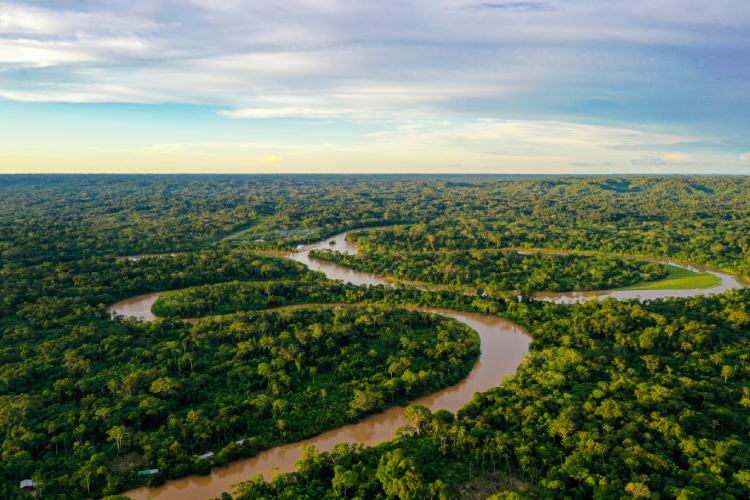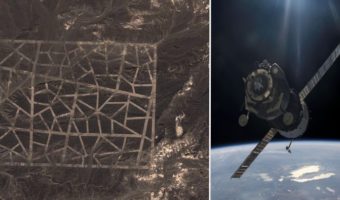Why Are There No Bridges Across the Amazon River?
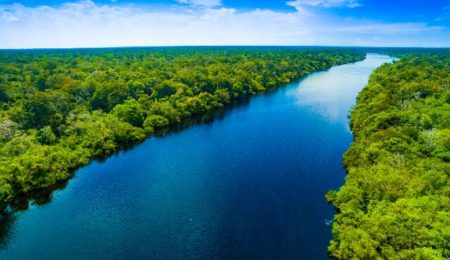
Both by volume and length, the mighty Amazon River is one of the largest and longest rivers in the world. Extending over 4,000 miles (6,400 km) in length and boasting an average volume of 219,00 cubic meters of water per second, its only competitor is the Nile River in Africa. However, it does differ from its African counterpart in one very distinct way: there are no bridges on the Amazon River! While human activity has been present for many years on the riverbanks, and people frequently traverse its waters, why has the government not initiated a bridge-building project yet? The answers will surprise you!
Table of Contents
The Amazon River is Massive, Strong, and Constantly Changing
One must remember that the sheer size of the Amazon River makes it a behemoth among rivers. As such, any construction project is a Herculean task, even on paper, but there are also several natural barriers that would impede such an effort. The first and most obvious challenge is the water itself. The Amazon is in a constant state of flux when it comes to the speed and volume of the water that flows down it.
During the dry season, from June to November, the width of the Amazon averages between two to six miles (3.2 to 9.6 km), depending on the location. However, during the wet season, from December to April, the river can swell up to 30 miles (48 km) in width! At the peak of this rainy season, the current of the water is formidable, gushing along at a choppy four mph (6.4 km/h). The unpredictability of the water current and volume makes it difficult to draft plans that would be safe and sustainable within the area.
Engineers would need to take these factors into consideration while keeping in mind the structural degradation that would occur due to the force of the water constantly hitting the supports of a potential bridge. But there are no bridges on the Amazon River for reasons other than just the flow of the water.
A Delicate Environment and Complex Geology Adds New Hurdles to Any Construction
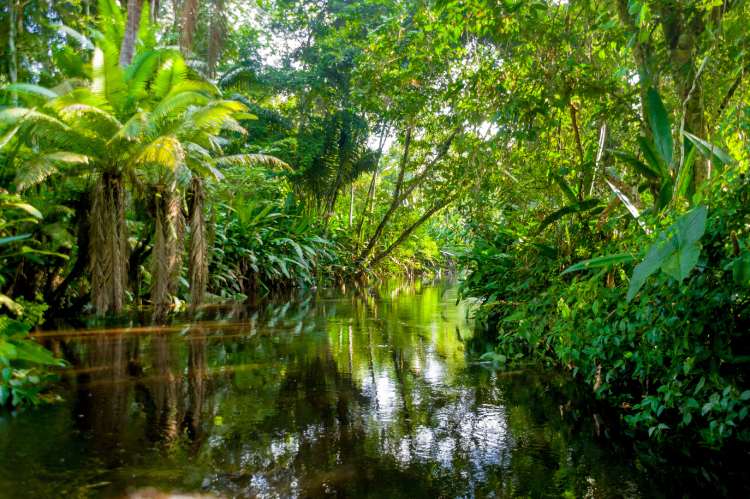
A swift-flowing river with rainforests on either side extending for miles upon miles are the perfect conditions for soft, marshy environments. Creating any strong foundation in such conditions would require the use of very long access viaducts and very deep foundations.
The ever-changing state of the river coupled with constant erosion of the sediment would make any construction extremely challenging, says Walter Kauffmann, chair of Structural Engineering (Concrete Structures and Bridge Design) at the Swiss Federal Institute of Technology (ETH) Zurich.
Beyond the geology of the area, construction could offset the delicate balance of the Amazon’s ecosystem. The river acts as a lifeline to the three million species of animals and 2,500 species of trees that call the waters and surrounding forests home. Large-scale construction projects for a bridge have the potential to damage the biodiversity of the area.
The “Amazon Assessment Report 2021” also states that deforestation and ongoing human involvement in the region have already put over 10,000 species at risk of extinction. Any construction within this region would require disrupting the lives of many millions of organisms, including humans.
The Project Would Affect More than Just the Animals and Plants of the Area
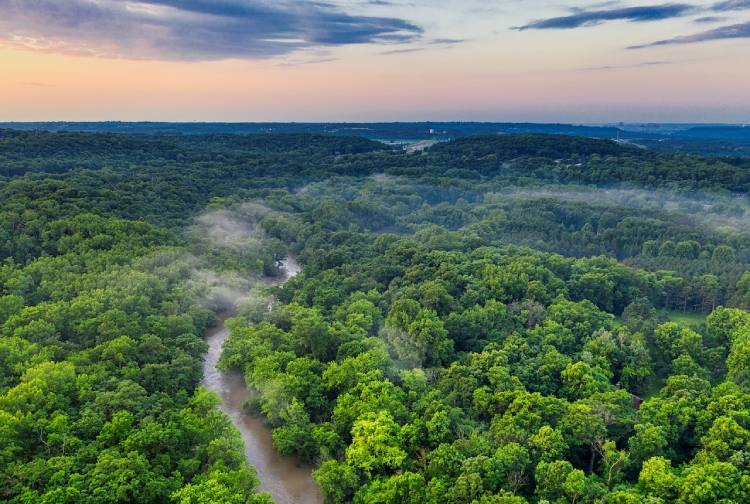
According to Kauffmann, there is no sufficiently pressing need for bridges on the Amazon river. The majority of the Amazon winds through sparsely populated areas with very few roads to connect via bridges.
Besides, the towns and cities that border the river already have a well-established network of boats and ferries to move goods and people from one side to the other. Investing in a project of such magnitude would offer minimal benefits for the locals and could affect them negatively.
The decision to construct a 94-mile-long highway through the Amazon was highly criticized by activists due to its potential to affect the lives of the indigenous tribes living in the region. Building bridges along the river would also pose similar threats due to the constant transport of material and housing of workers.
Given that the project is not essential to the well-being of the people nor in the interest of the economy, it makes sense there are no bridges on the Amazon River. That decision may change in the future, but any project would require a great deal of planning and effort to execute.














